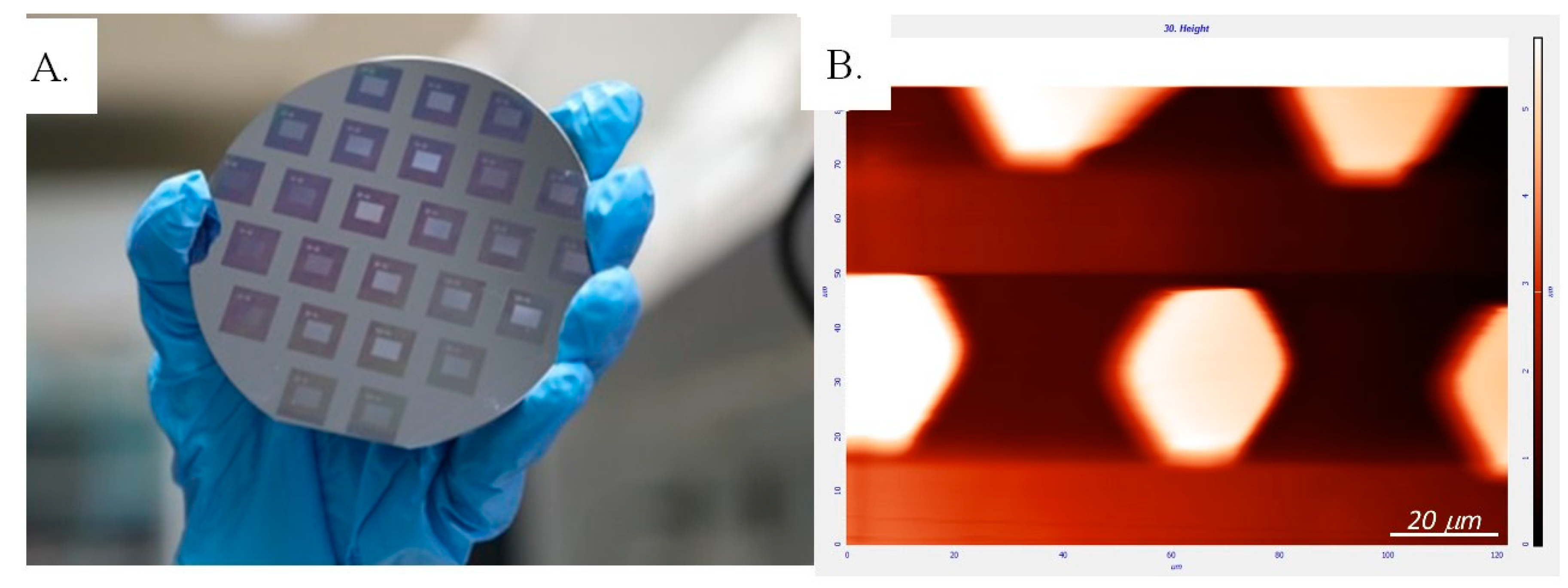

The pore structures typically consist of irregularly shaped voids and connecting channels that can be difficult to define. For example, sieved sodium chloride salt (99% purity), with a controlled crystal size can be mixed with polymers to prepare a slurry, then the polymer is cured and the salt removed with water to obtain a porous material with a controlled pore size distribution. Sugar or sodium chloride can be used as pore-forming agents. Cell adhesion and growth on a scaffold or implant is controlled by the size and structure of the pore matrix. Material technologies are critically important for tissue engineering in designing scaffolds or implants, and control of certain properties, such as porosity and pore size distribution, key factors on medical applications. Pore size distribution from 164 ± 52 μm can support the cells’ attachment to the porous material for medical applications. Composite scaffolds with preserved morphology and microstructure at micrometer scale are promising for tissue engineering. Large pores limit cell attachment in a porous matrix. Small pores limit the cells’ access within the porous matrix, and the diffusion of nutrients and removal of waste products, that can produce necrotic effects in the end. Therefore, optimal pore size and specific surface area are important factors determining migration and cell attachment. Pore size window and accessible void space are critical factors for medical applications. The pore size, pore connection, and pore density are directly proportional to the crystals size of the chemical compounds and their quantity. Some chemical compounds, such as sugar or salts with water solubility, can play an important role in the synthesis of porous matrices because these compounds can be removed with water to empty the pores. The use of porous materials can be a very practical approach to reaching several goals in current medical applications such as surgical implants. These factors are especially valuable in biological environments. The porosity, roughness, and surface energy are dominant factors for the material’s wettability. The substrate elasticity of PDMS plays an important role in cell adhesion, proliferation and differentiation, thus improving implant integration in the human body. The exceptional properties of silver nanoparticles combined with the PDMS have made this hybrid nanostructure applicable to different medical uses. Silver nanoparticles improve the silicone’s wettability. The presence of metal nanoparticles also helps to reduce the hydrophobic nature of PDMS. This property of PDMS does not encourage cell adhesion, which is a very critical requirement for medical implants. The use of silver nanoparticles for their antimicrobial qualities improves PDMS biocompatibility, because it inhibits microbial growth, thereby making it more attractive for biomedical applications. It can be manufactured easily in different forms such as fibers, fabrics, films, blocks and porous surfaces. PDMS is commonly used for biomedical applications, including components for microfluidics, catheters, implants, valves, punctual plugs, orthopedics and micro gaskets. Also, these nanoparticles can be incorporated into polydimethylsiloxane (PDMS) implants as immobilized or occluded particles to improve their performance in the body. Having a larger surface area to coat or spread over another surface, offers a greater contact area, therefore, increases antimicrobial properties. Silver nanoparticles are widely used in consumer products, biomedical equipment, textile products and in other applications. It enables cell culture by controlling the amount of gas through the material or dead-end channels filling (residual air bubbles under liquid pressure may escape through PDMS to balance atmospheric pressure).For many years, people have known about silver’s antibacterial qualities. With some optimization, it is possible to mold structures of a few nanometers. The PDMS can mold structures at high resolutions. It is also easy to mold, because, even when mixed with the cross-linking agent, it remains liquid at room temperature for many hours. It is inexpensive compared to previously used materials (e.g. It is deformable, which allows the integration of microfluidic valves using the deformation of PDMS micro-channels, the easy connection of leak-proof fluidic connections and its use to detect very low forces like biomechanics interactions from cells. This allows the fabrication of multilayer devices and the integration of micro valves. PDMS, during cross-linking, can be coated with a controlled thickness on a substrate using a simple spincoat.


 0 kommentar(er)
0 kommentar(er)
